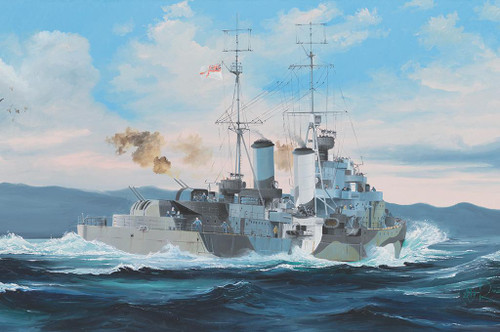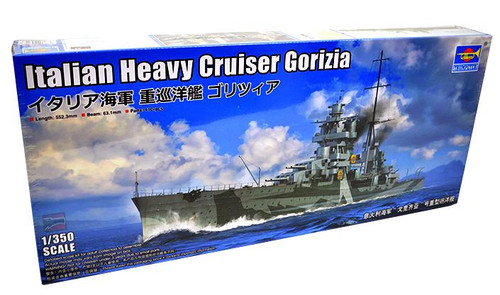Description
The La Galissonnière class light cruiser resulted from the French Navy's decision to use the light cruiser Émile Bertin as basis, combined with protection features of the heavy cruiser Algérie. Even with armour protection comparing favourably with contemporary cruisers of similar size and weight, the excellent hull shape enabled all units of the class to exceed the original design speed of 31 knots, La Marseillaise even reaching 35 knots on trials.
After the outbreak of World War II, the six cruisers were divided equally between the Third and the Fourth Cruiser Division, which also shaped the future fate of the class. George Leygues with the Fourth Cruiser Division was dispatched by the French Vichy government to the coast of Gabon, Central Africa to counter the activities of the Free French forces in Central Africa. However, as the Division’s supply train (the oiler Tarn) was intercepted by the Royal Navy, the French had to return prematurely to Dakar Harbor. While the three La Galissonnière-class cruisers of the Third Cruiser Division were scuttled in Toulon, those of the Fourth Cruiser Division including George Leygues were able to join the Free French Navy after the Allied landing in North Africa. For George Leygues this brought a large-scale refit and update in Philadelphia, United States, involving removal of the seaplane operating capability and replacement of the original light AA guns with modern 40 mm Bofors (16 quadruples) and 20 mm Oerlikon AA guns (16 singles). In 1944 the refitted George Leygues participated in both major landings in France, providing fire support to Operation Overlord in Normandy, followed by participation in Operation Dragoon, the landing in southern France.




























